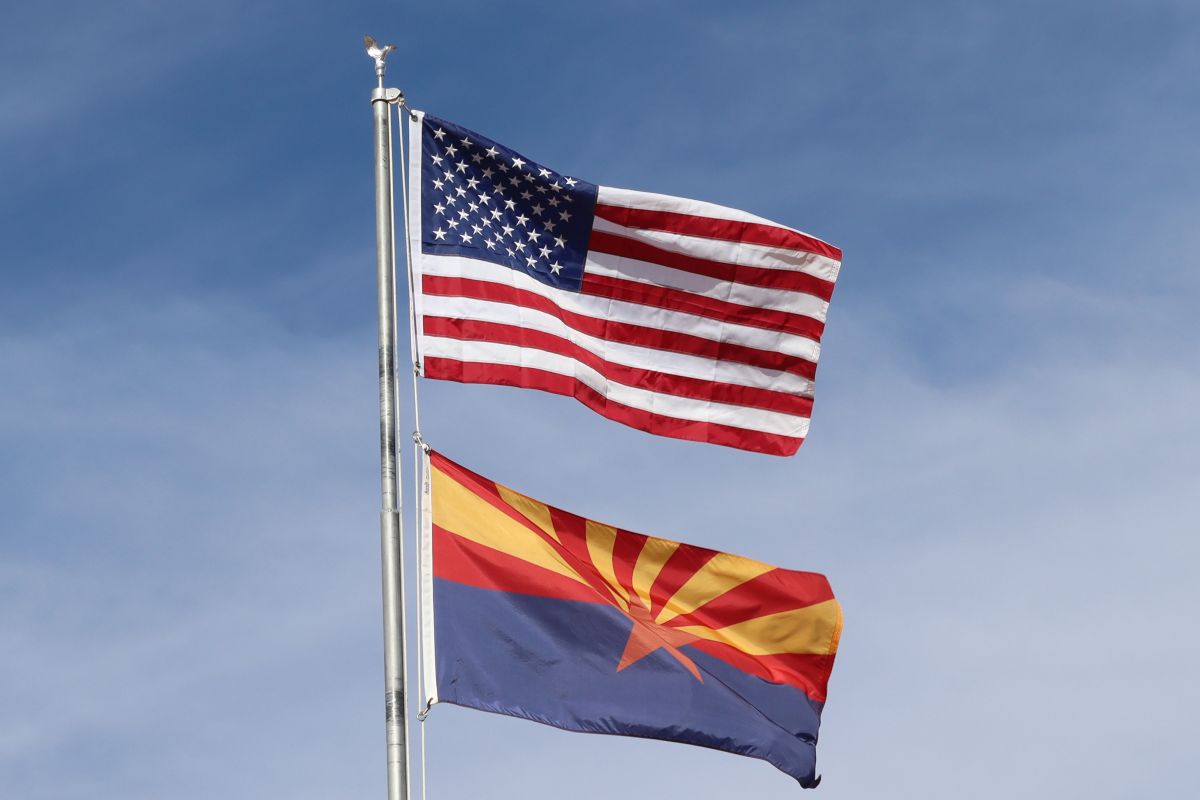Since our last RV excursion in April of 2024 to view the total eclipse of the sun, there were some lessons learned regarding internet connections and reliability during the trip. We were never completely without internet service most of the time, but there were places where our usual access via campground WIFI or the Samsung hotspot were spotty, unreliable, bandwidth limited and/or just plain awful. These conditions were, to say the least, frustrating to us who depend on our internet access for:
- entertainment
- campground reservations
- financial access
- social media
- VOIP telephone access
We needed something better.
Enter the new solution to the problems: Starlink Mini. Our package arrived today and within an hour after unboxing the system, we were on the satellite network with speeds of around 100Mb/sec. Good enough for each of the enumerated tasks above.
The mini unit is shown in the (clickable) photo below perched on the outdoor grill behind our house. The unit is self-contained and has the built-in Phased Array Antenna, associated electronics and a WIFI to facilitate access to the internet. MADE IN THE USA BY STARLINK!
The next (clickable) photo shows the approximate sky view as seen by the mini unit. We live in sort of a low area looking to the north, with part of the sky obscured by rising terrain and structures up there. Regardless, the unit performed very well given the possible obscurations.
A catalyst in our decision to go with Starlink now, was the terrorist attacks on Tesla and other Elon Musk enterprises. We saw this as an opportunity to support SpaceX, Starlink’s parent company, by acquiring this system (in lieu of buying a Tesla) to support Musk, who endures daily threats as he continues to work the new Department of Government Efficiency.
We pray that the loonies doing the terror be found soon and be dealt with appropriately.

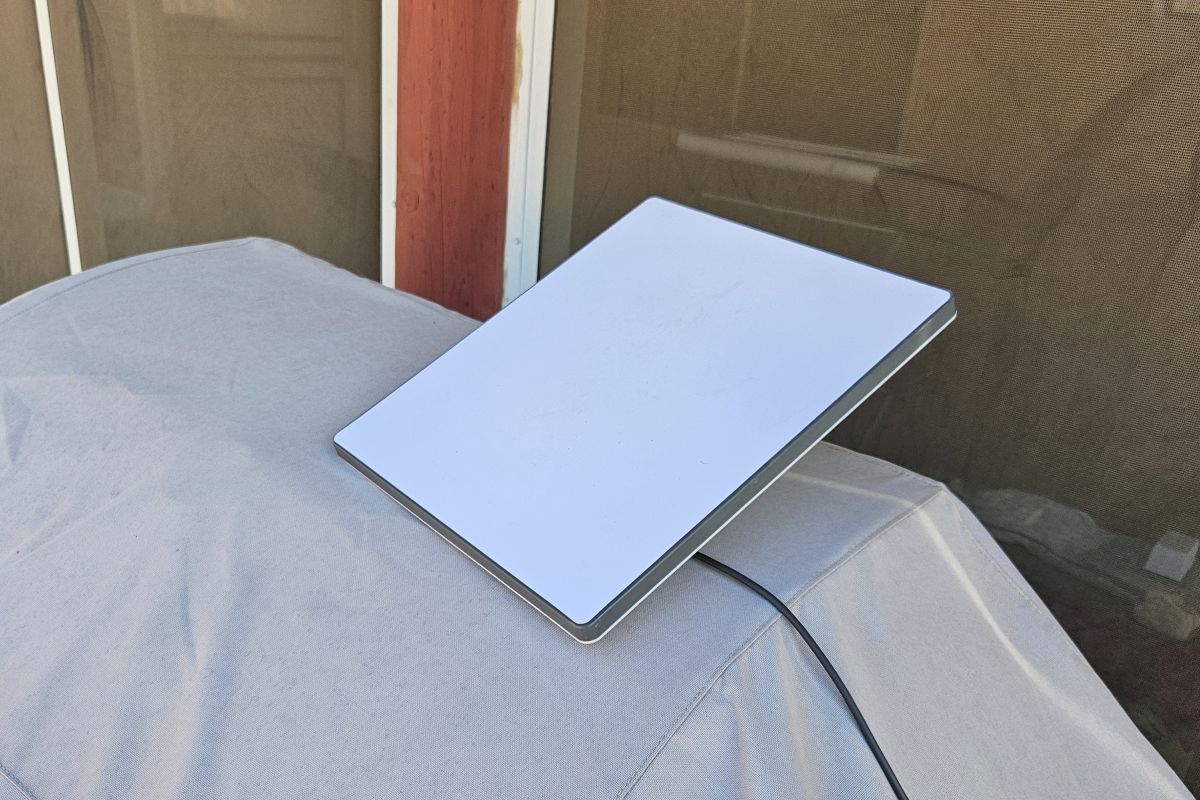
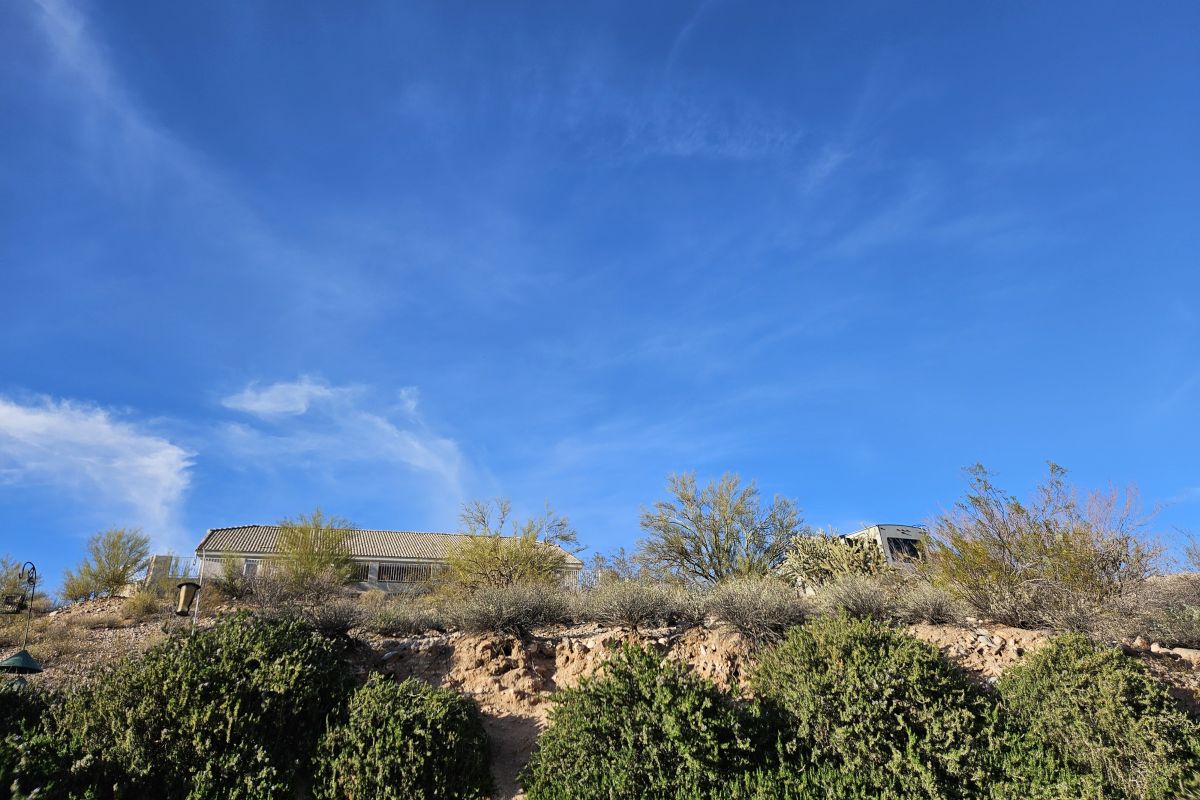
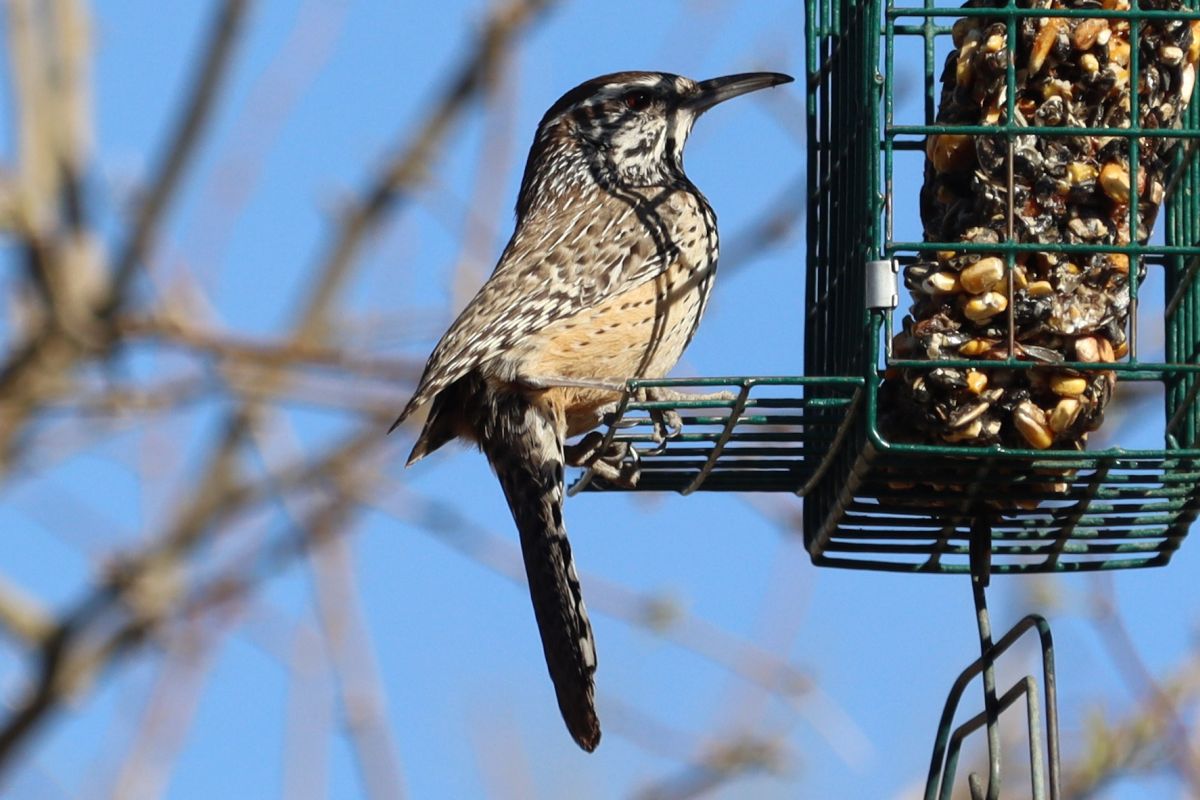
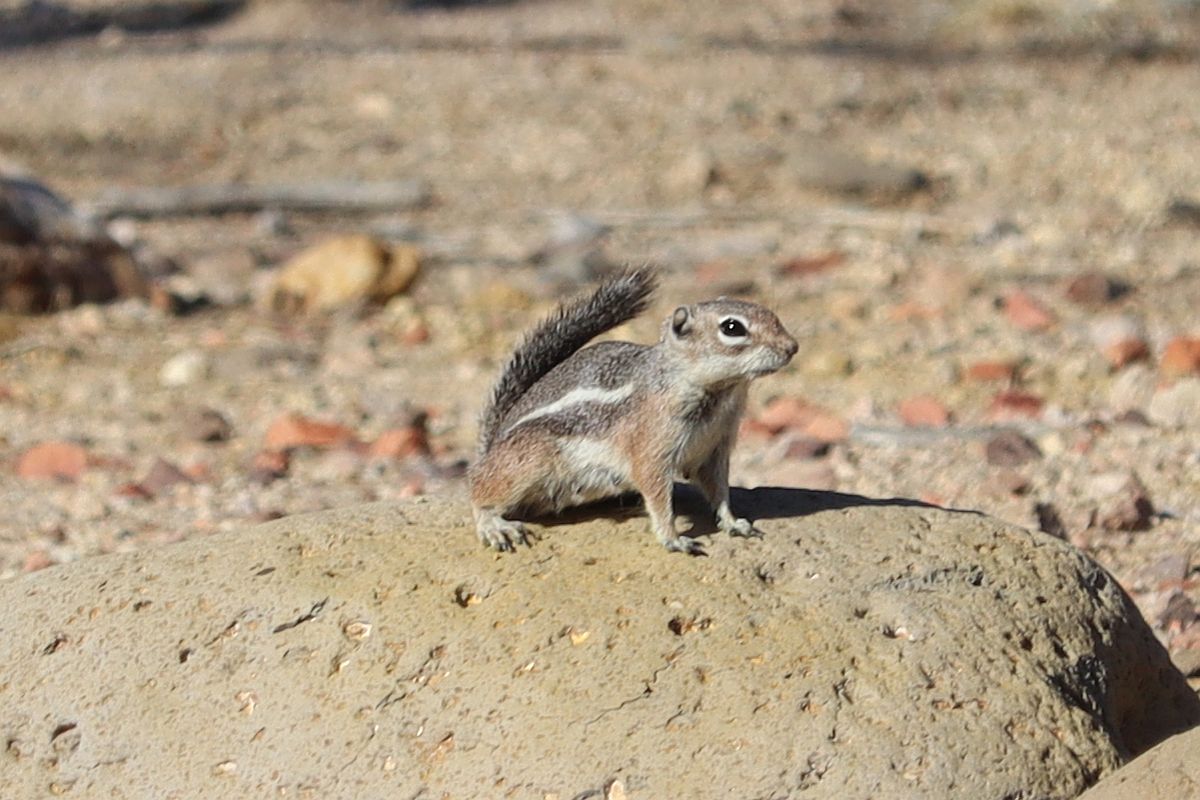
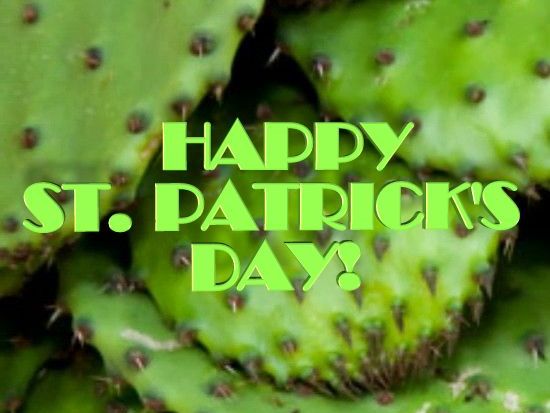
 PI, the ratio of a circle to its diameter is about 3.14 and for some neo-cultural reason we now celebrate “PI Day” on March 14th of each year. Those of us who score very well on the
PI, the ratio of a circle to its diameter is about 3.14 and for some neo-cultural reason we now celebrate “PI Day” on March 14th of each year. Those of us who score very well on the 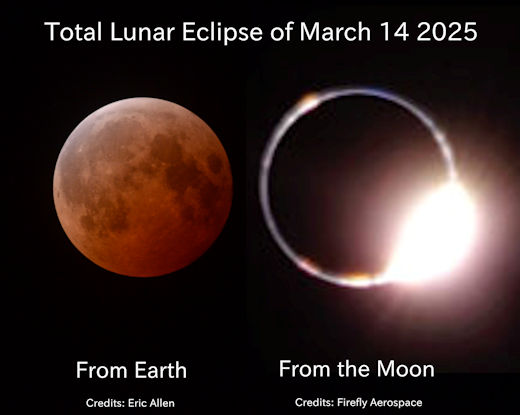


 George Washington (February 22, 1732 – December 14, 1799) served as the first President of the United States from 1789 to 1797 and as the commander of the Continental Army in the American Revolutionary War from 1775 to 1783. Because of his significant role in the revolution and in the formation of the United States, he is often referred to as “Father of His Country”.
George Washington (February 22, 1732 – December 14, 1799) served as the first President of the United States from 1789 to 1797 and as the commander of the Continental Army in the American Revolutionary War from 1775 to 1783. Because of his significant role in the revolution and in the formation of the United States, he is often referred to as “Father of His Country”.